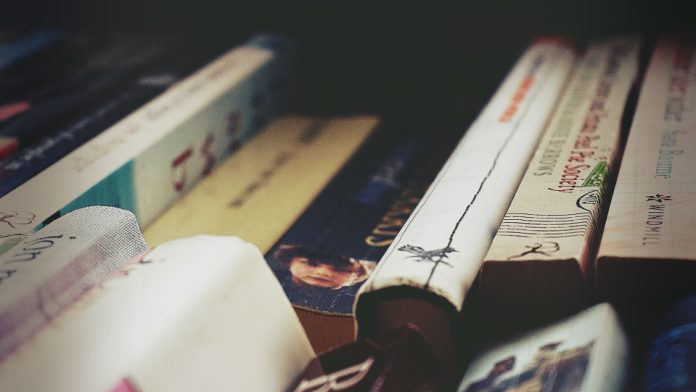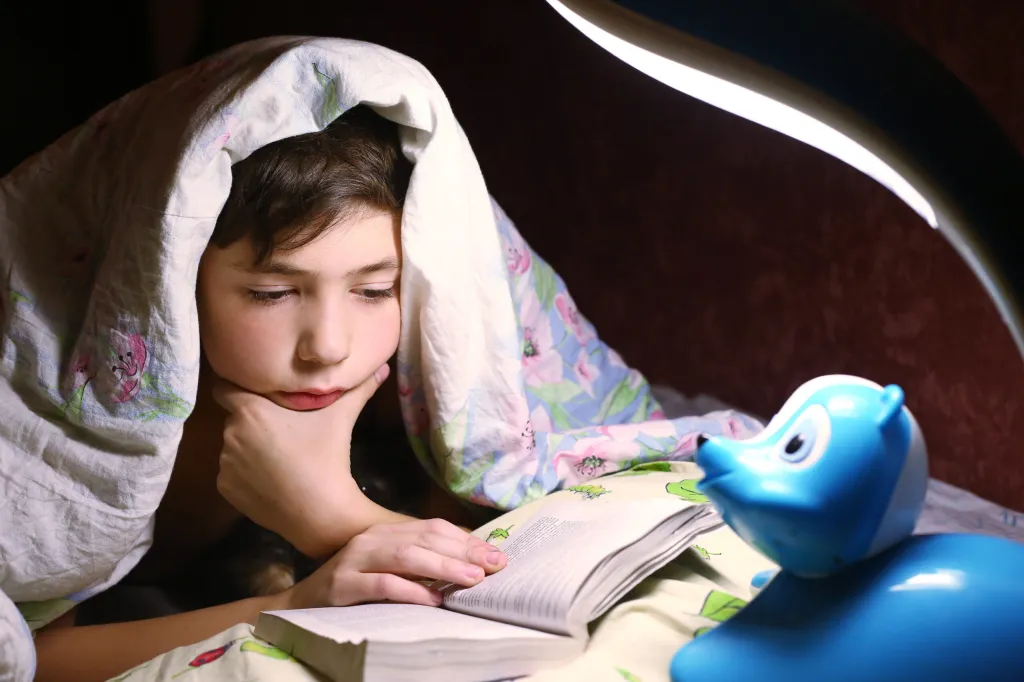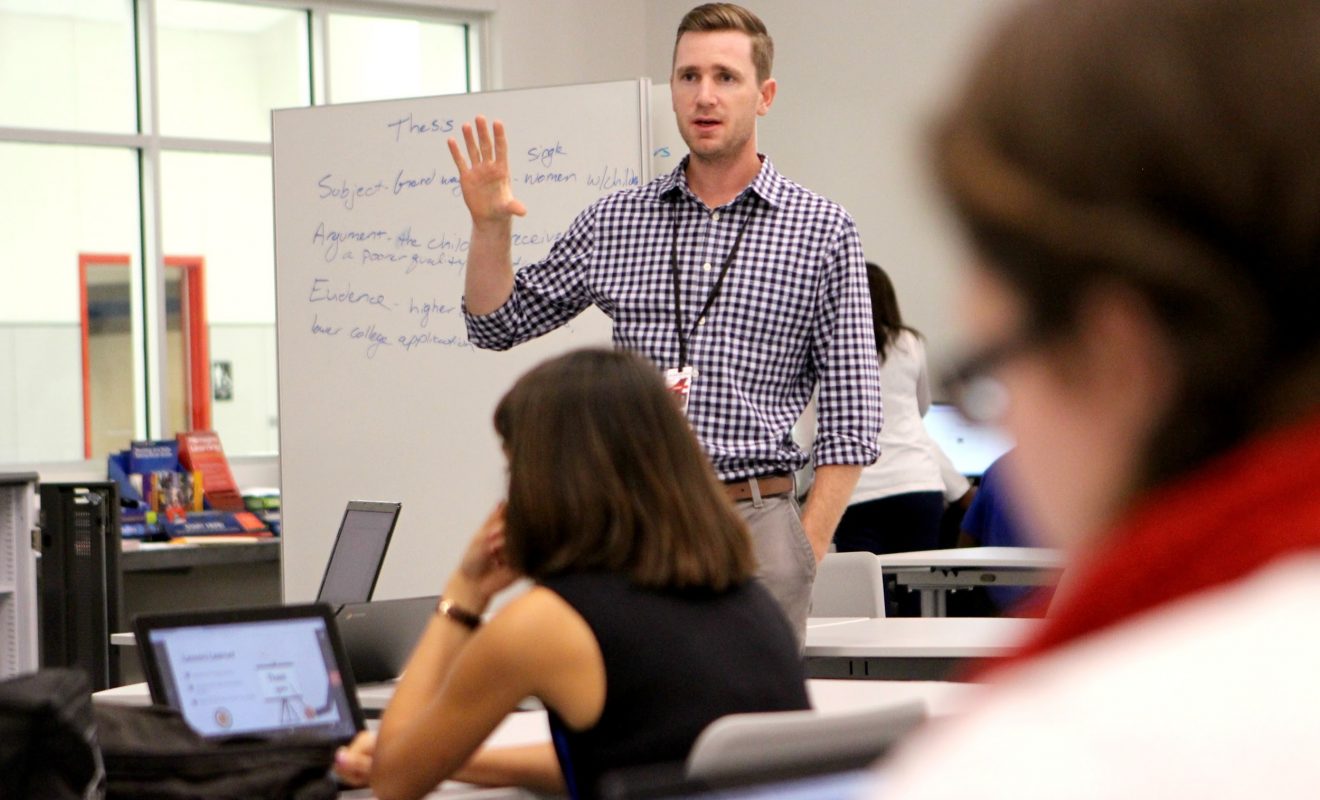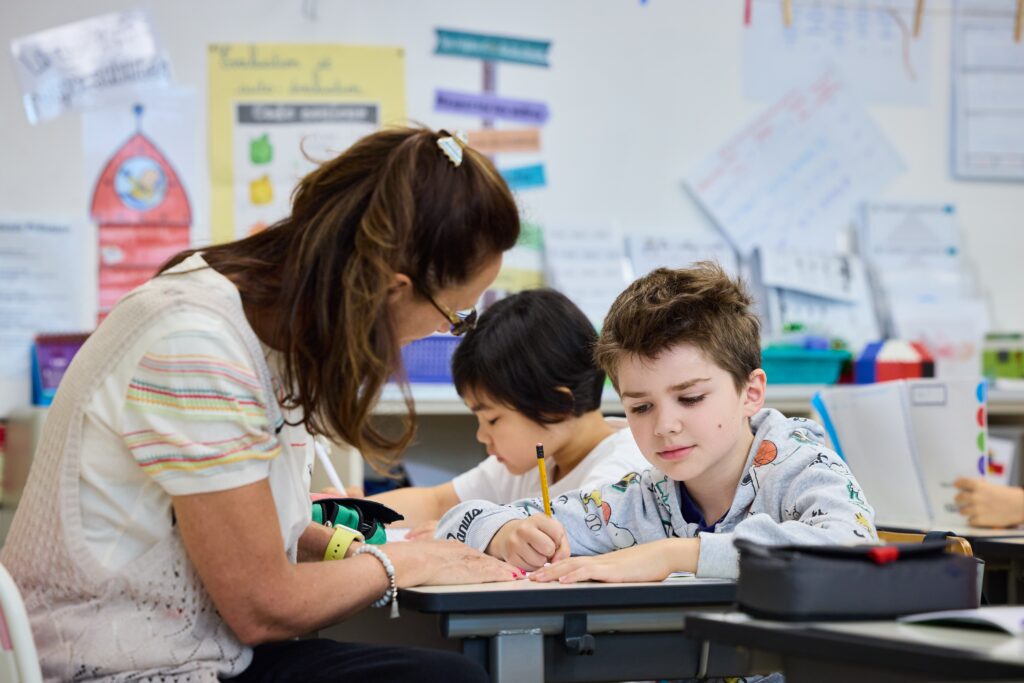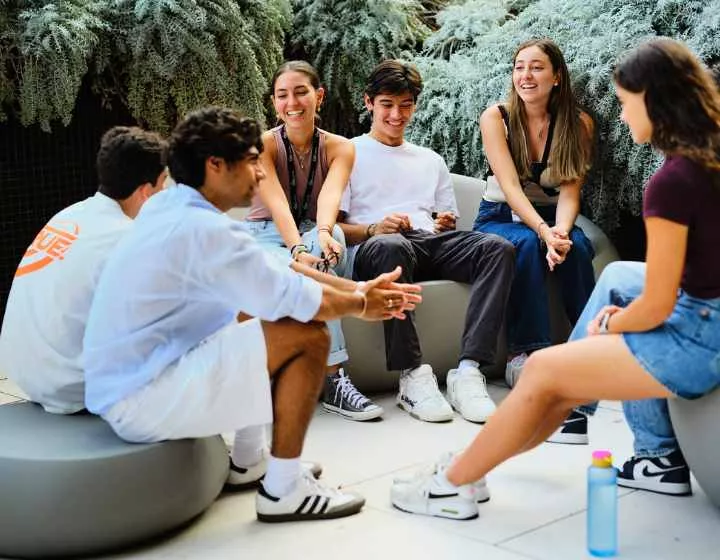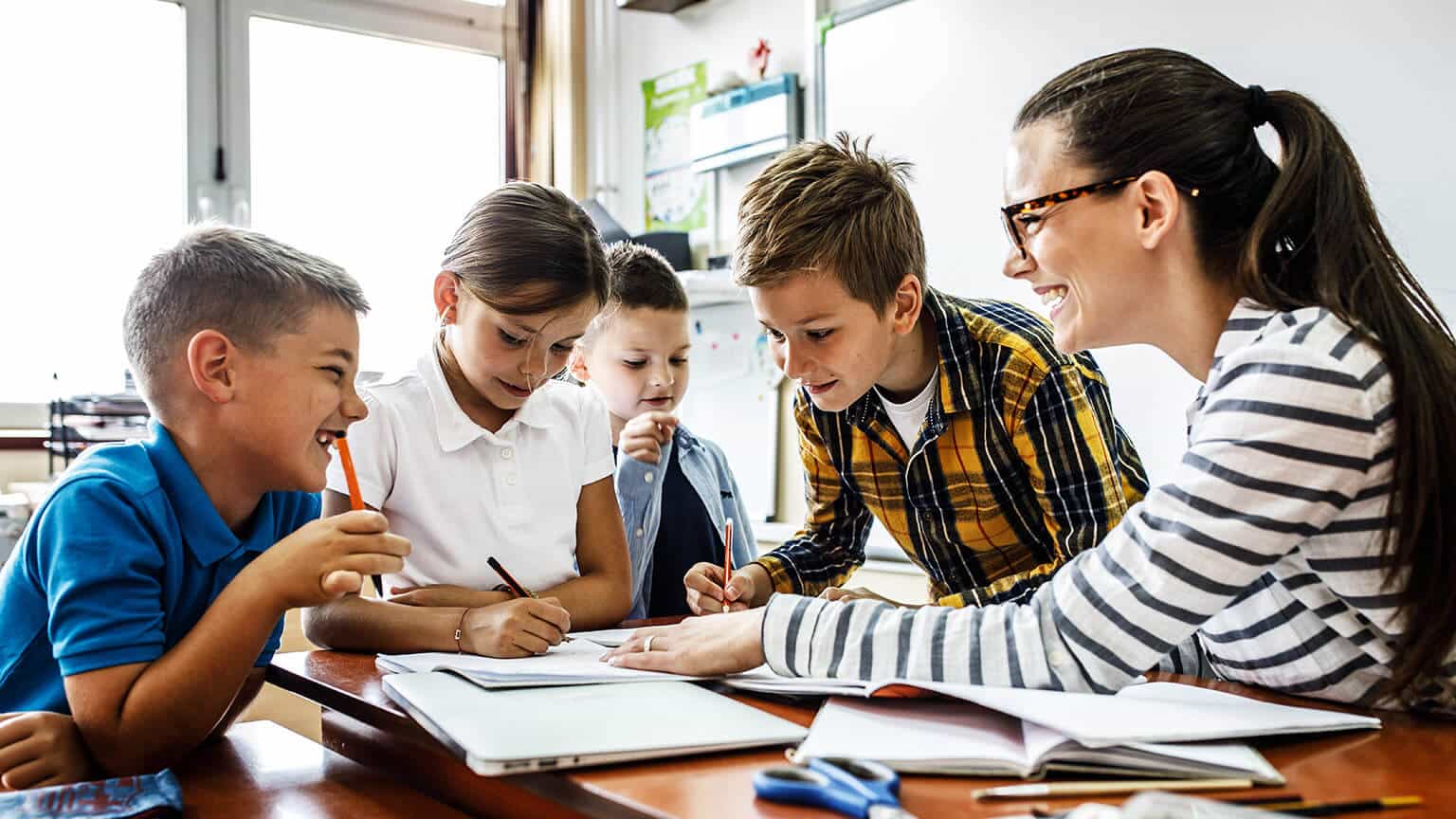Art is a vast and fascinating universe that touches different disciplines and cultural realities. The ability to convey knowledge about the various forms of artistic expression not only enriches those who study it but is also an essential part of comprehensive education. For those dedicated to teaching art, having adequate resources is essential to enhance their students’ learning. In this article, we will explore a selection of the most recommended art books for educators, which offer a variety of perspectives and approaches that can enrich the educational process.
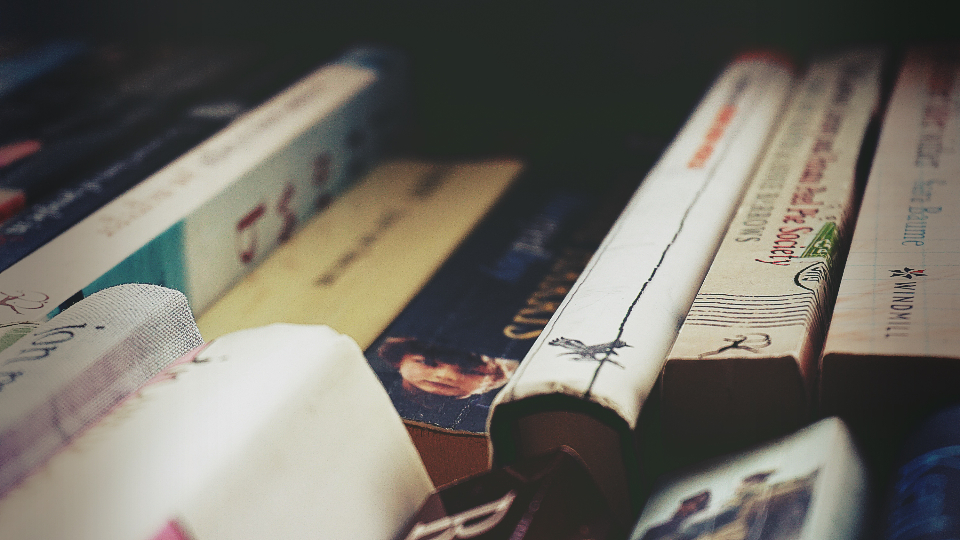
Art education transcends the simple teaching of painting or sculpture techniques; it is a means to foster creativity, encourage critical thinking, and allow students to express themselves in unique ways. By reading and analyzing art books, educators can gain both inspiration for their lessons and reference materials that facilitate the understanding and appreciation of art in its most diverse forms. Below, we delve into a series of books that are not only useful but also essential for any educator seeking to delve deeper into the world of art.
Books to develop art appreciation
Art appreciation is a fundamental skill that all educators should strive to cultivate in their students. Some books stand out for their ability to introduce complex artistic concepts in an accessible way. For example, Oksana Burchak’s “The Art of Seeing: A Guide to Art Appreciation” is an invaluable resource. This book presents a comprehensive approach to how to observe art, encouraging critical observation and dialogue about the works. Burchak guides the reader through art history, explaining different movements and styles, allowing educators not only to learn but also to teach their students to observe art from different perspectives.
Another relevant text is E.H. Gombrich’s “The Story of Art.” Although a classic, it remains essential for those who wish to understand how art has evolved throughout the ages. Gombrich narrates the history of art from prehistoric times to contemporary art, offering a context that is key for any educator. This book is not only informative but also offers a narrative that can be shared with students to facilitate their understanding and connection to the cultural legacy of art.
Texts that address artistic techniques and processes
In addition to appreciation, educators must also familiarize themselves with the techniques and processes that form the foundation of artistic creation. In this context, John Yardley’s “The Drawing Book: Problem-Solving and Techniques” is essential. Through practical examples and a clear narrative, Yardley presents a wide range of drawing techniques that educators can share in their classrooms. This text not only details the techniques but also addresses potential problems that may arise during the creative process, equipping educators with tools to guide their students.
Likewise, Bill Martin’s “Oil Painting For Dummies” is a book that can offer educators an accessible guide to one of the most widely used techniques in art. Although it is a resource intended for beginners, its clarity and practical approach are ideal for educators wishing to introduce their students to the use of oil paint. The book covers everything from material selection to more complex techniques, providing a pathway for those wishing to experiment with this art form.
Books that explore the relationship between art and education
One of the most fascinating areas within arts education is the intersection of art and pedagogy. In this regard, Patricia Leavy’s “Art and Education: Art Education in the 21st Century” is a key text. Leavy addresses how arts education can and should evolve in the contemporary context, offering examples and case studies that educators can apply in their classrooms. This text is valuable not only for its theoretical content but also for the practical evidence it presents, which helps educators adapt their methodologies to the current needs of students.
Additionally, Peter Abbs’s “The Art of Teaching: Social Change and Education” explores the transformative potential of art in education. Abbs argues that through art, meaningful connections can be forged and diverse experiences integrated between educators and students. This book encourages educators to reflect on their practice and find ways to use art as a medium for social change. Abbs provides a holistic approach that educators can adopt as they seek to go beyond mere technique to foster authentic and enriching experiences in their classrooms.
References in contemporary art and their educational implications
In the world of contemporary art, there are a large number of books that are relevant not only from an aesthetic perspective but also for their educational implications. For example, “Contemporary Art 101” by Heather Zises offers a panoramic overview of contemporary art and its key exponents. This text is perfect for educators who want to expand their knowledge of current trends and provide their students with up-to-date information on relevant artists. The inclusion of numerous illustrations and accessible descriptions makes this book an excellent teaching tool.
Likewise, Fredric Jameson’s “The Postmodern Condition: An Inquiry into the Meaning of Culture” also deserves mention. Although not an art book per se, Jameson’s work explores how cultural context and artistic production have transformed in the postmodern era. Understanding these concepts is crucial for educators seeking to prepare their students for a world where art and culture are constantly changing. This can also be an excellent starting point for encouraging students to research and reflect on their own cultural and artistic contexts.
Conclusions on the importance of an enriched arts education
The selection of recommended art books for educators is broad and constantly expanding. Each text offers a unique perspective, from technique to theory, including appreciation and critique. Crucially, these resources not only enrich the training of educators but also foster a dynamic and reflective learning environment among students. Well-founded art education fosters the holistic development of students’ creative and critical skills, enabling them to appreciate art not only as a product but as a reflection of society and culture.
Exploring essential art books for educators is a journey that encompasses more than just teaching techniques. It’s about empowering educators with knowledge that enriches their practice, as well as inspiring students to explore and express their creativity in new and diverse ways. As the art world continues to evolve, the need for quality art education will always be paramount, and the books recommended in this article are an excellent starting point for any committed educator.

